
Physalis alkekengi var. franchetii, Blasenkirsche
Physalis alkekengi L. var. franchetii (Mast.) Makino: An ethnomedical, phytochemical and pharmacological review - ScienceDirect Journal of Ethnopharmacology Volume 210, 10 January 2018, Pages 260-274 Review Physalis alkekengi L. var. franchetii (Mast.) Makino: An ethnomedical, phytochemical and pharmacological review Ai-Ling Li a , Bang-Jiao Chen b
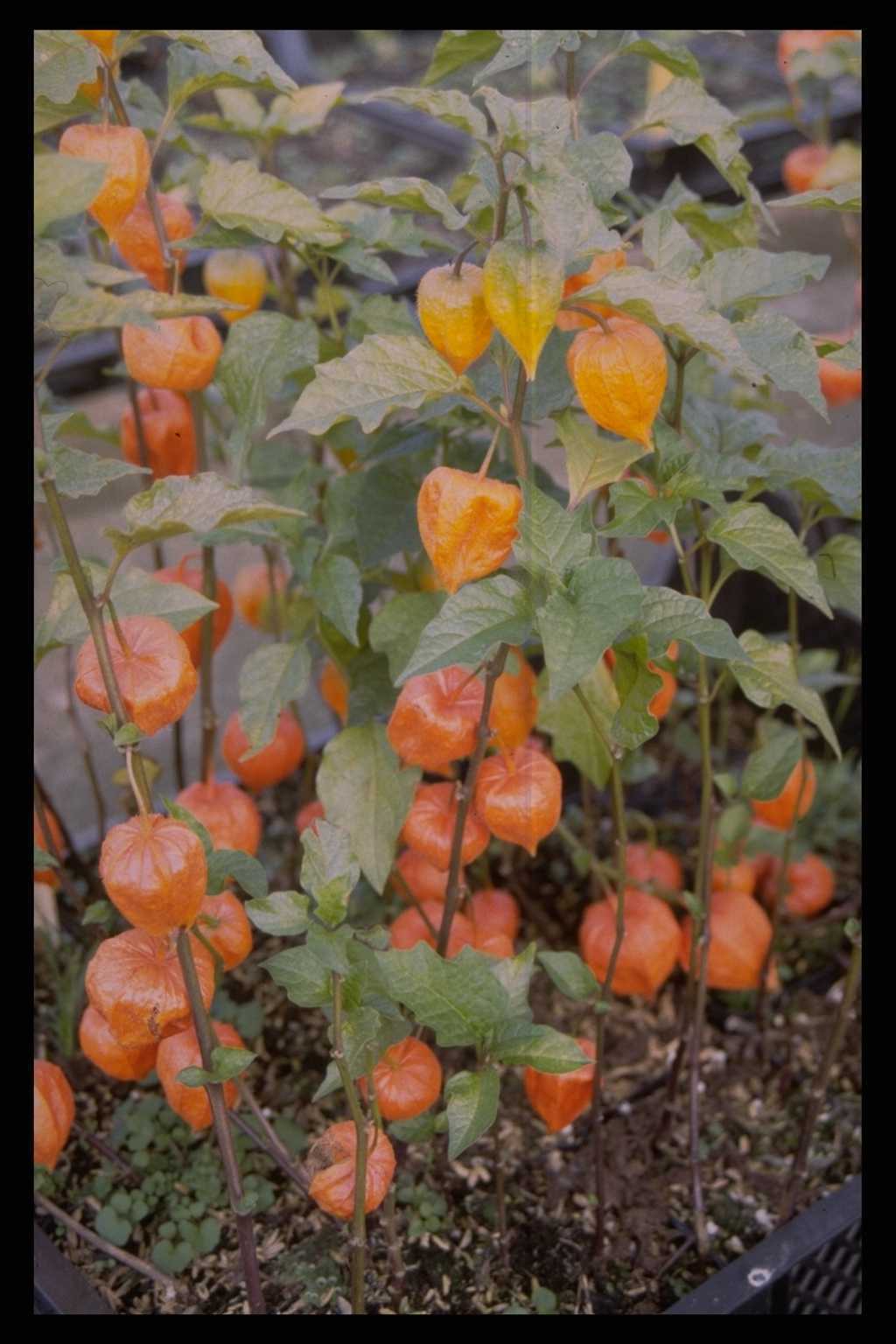
Physalis alkekengi var. franchetii Tuinseizoen
Physalis alkekengi has been used for a wide range of purposes in traditional medicine for around two millennia. It was used to heal fever, induce mental serenity, and assist in childbirth, according to ancient Chinese books including the Erya and Shen Nong Ben Cao Jing.
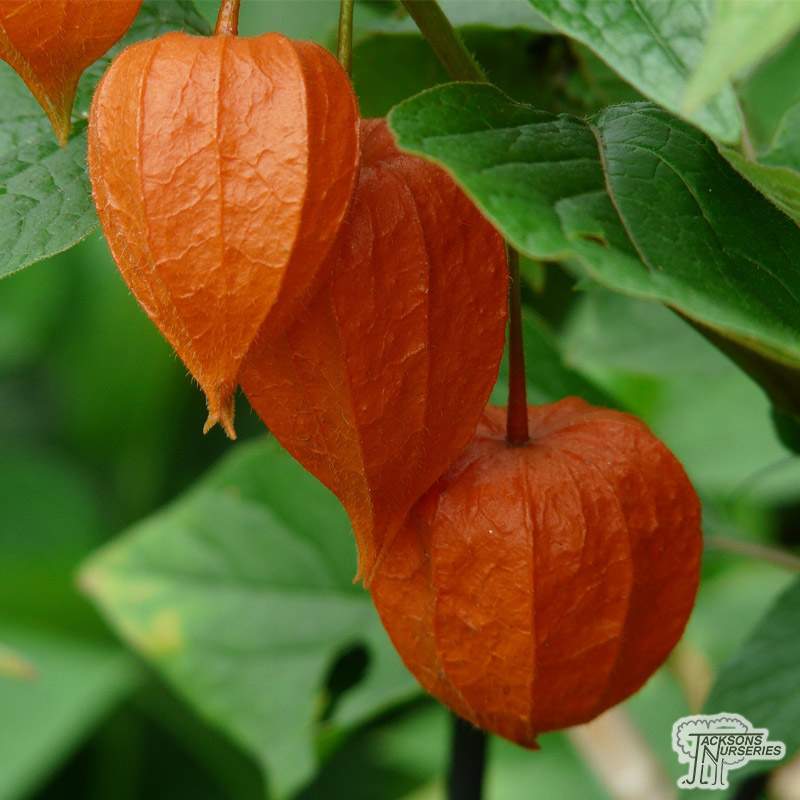
Buy Physalis alkekengi var. franchetii in the UK
Cover the seeds with 1/8 inch of soil and tamp down the surface. The seeds germinate in two to three weeks in warm, moist soil. After they germinate, thin the seedlings to 2 feet apart. For an earlier start, sow the seeds indoors 1/8 inch deep in seed-starting mix about six weeks before the last frost.

PHYSALIS alkekengi var. franchetii 'Gigantea' image 1
Introduction. Medicinal plants provide humans with a valuable source of potential therapeutic agents. Historically, physalis plants such as Physalis alkekengi L. var. franchetii (P. alkekengi) have been used to treat inflammation for centuries(Li et al., 2018).Their anti-inflammatory properties are based on the production of physalins(Shu et al., 2016).

Physalis alkekengi var. franchetii Lampionplant De Tuinen van Appeltern
Ethnopharmacological relevance: The calyxes and fruits of Physalis alkekengi L. var. franchetii (Mast.) Makino (Physalis Calyx seu Fructus), have been widely used in traditional and indigenous Chinese medicines for the therapy of cough, excessive phlegm, pharyngitis, sore throat, dysuria, pemphigus, eczema, and jaundice with a long history.
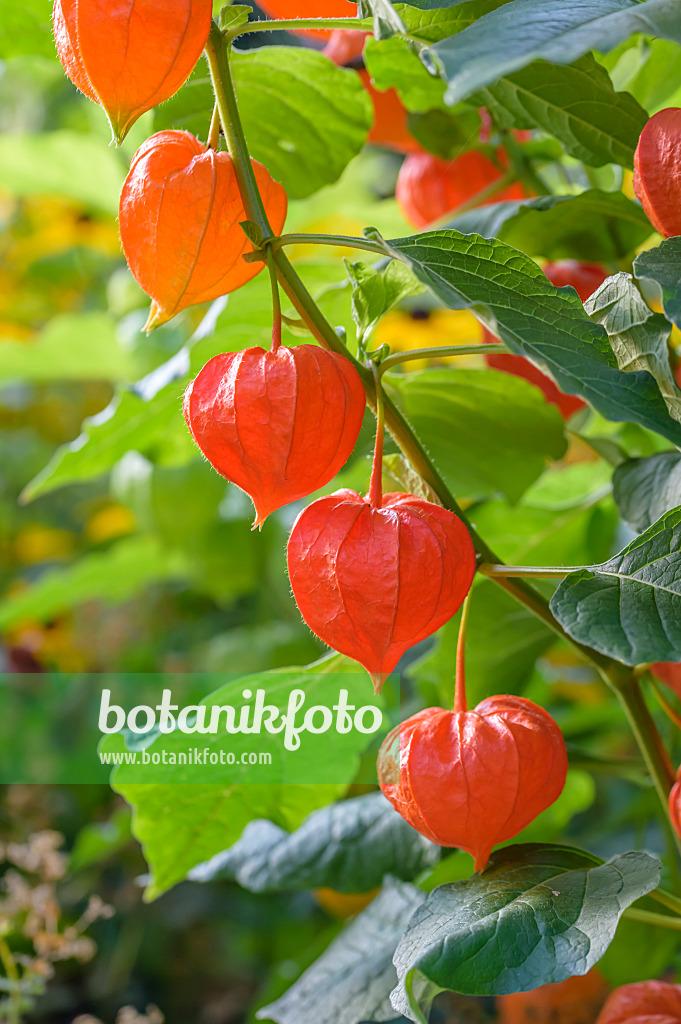
Image Chinese lantern (Physalis alkekengi var. franchetii) 593155 Images of Plants and
Three new physalin steroids, physalin III (1), physalin IV (2), 3-O-methylphysalin X (3), together with five known physalins (4-8) were isolated from the 80% EtOH extract of calyces of Physalis alkekengi var. franchetii. The structures of the new compounds were revealed through 1D and 2D NMR and mass spectroscopic studies.
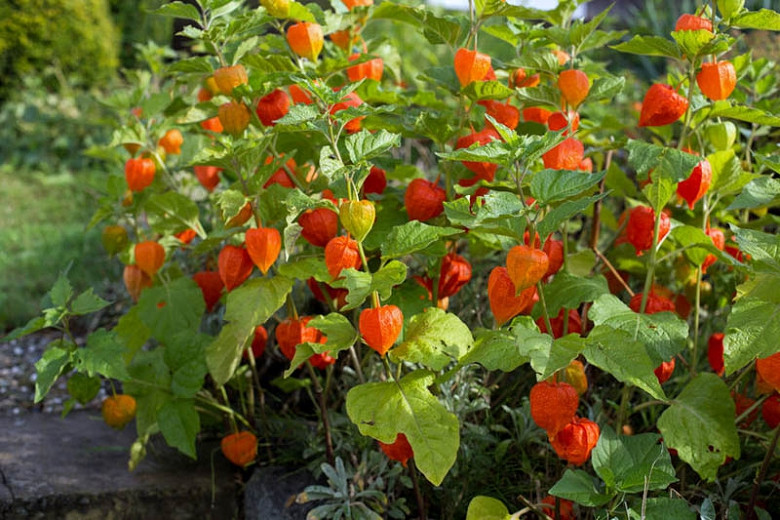
Physalis alkekengi var. Franchetii (linterna china) CONADEIP
Physalis alkekengi var. franchetii Extracts Exert Antitumor Effects on Non-Small Cell Lung Cancer and Multiple Myeloma by Inhibiting STAT3 Signaling Yufei Fu , Fanfan Zhu , Zhongjun Ma , Bin Lv , Xi Wang , Chunyan Dai , show all Pages 301-314 | Published online: 07 Apr 2023 Cite this article https://doi.org/10.2147/OTT.S282334 In this article
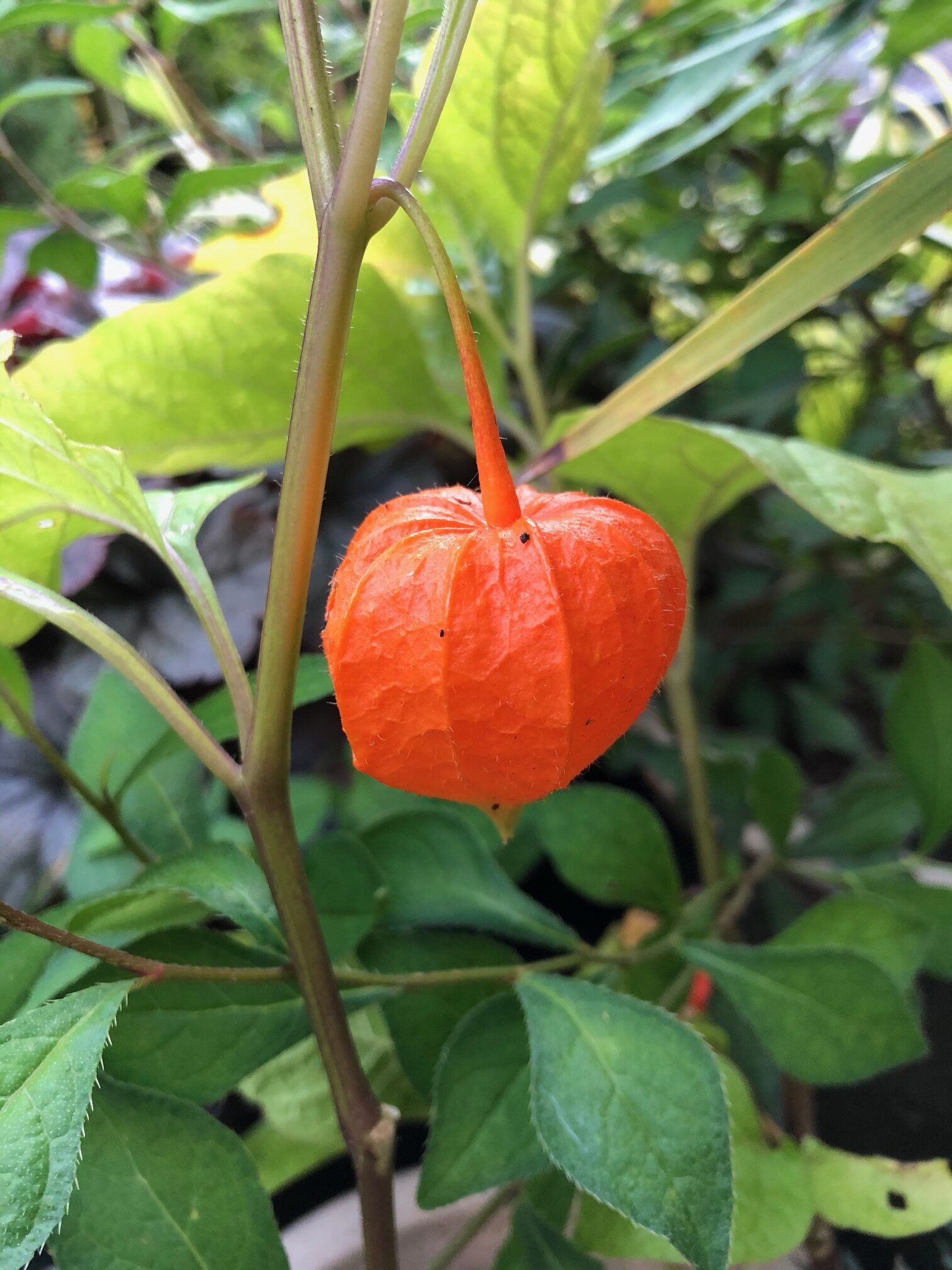
Physalis alkekengi var. franchetii Online bijzondere vaste planten kopen Drachten
Introduction. Physalis alkekengi L. (also known as "Jindenglong") is a well-known traditional Chinese medicinal herb consisting of dried calyces or calyces-with-fruit of P. alkekengi var. franchetii (Solanaceae). 1 It is widely used for the treatment and prevention of different diseases, including sore throat, cough, eczema, tonsillitis, pharyngitis, hepatitis, leishmaniasis and tumors. 2.
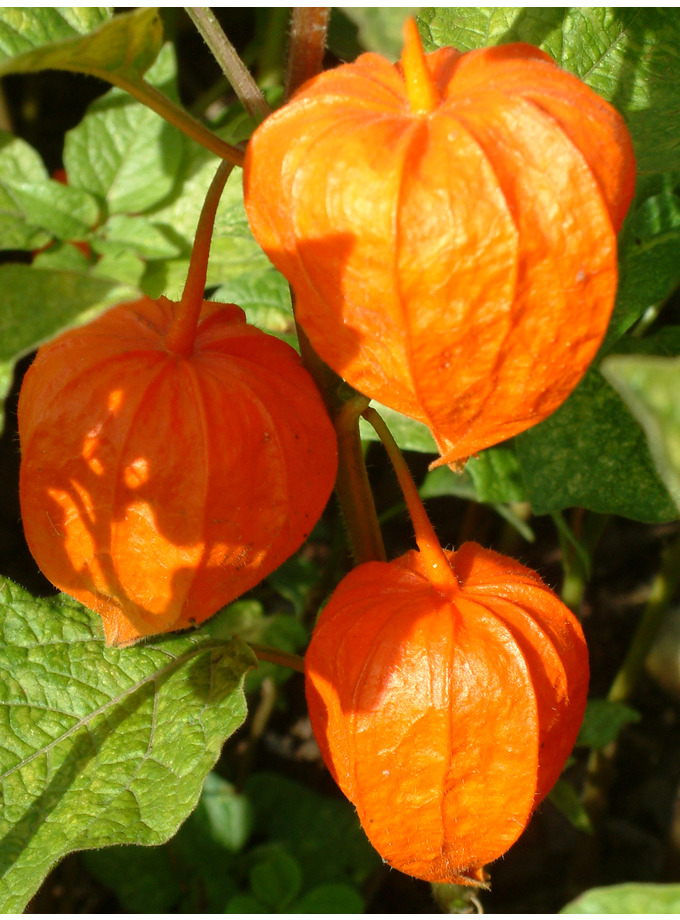
Physalis alkekengi var franchetii The Beth Chatto Gardens
Physalins, active ingredients from the Physalis alkekengi L. var. franchetii (P. alkekengi) plant, have shown anti-inflammatory, antioxidant and anticancer activities. Whereas the bioactivity of physalins have been confirmed, their biosynthetic pathways, and those of quite a few derivatives, remain unknown. In this paper, biosynthesis and structure modification-related genes of physalins were.

Physalis alkekengi var.franchetii, Lampionblume GartenBaumschule Becker
Makino (PAF) (Chinese name Jin-Deng-Long) from the Solanaceae family is a traditional Chinese medicine with various pharmacological effects, such as removing heat, detoxification, improving throat conditions, removing phlegm, and ameliorating diuresis.
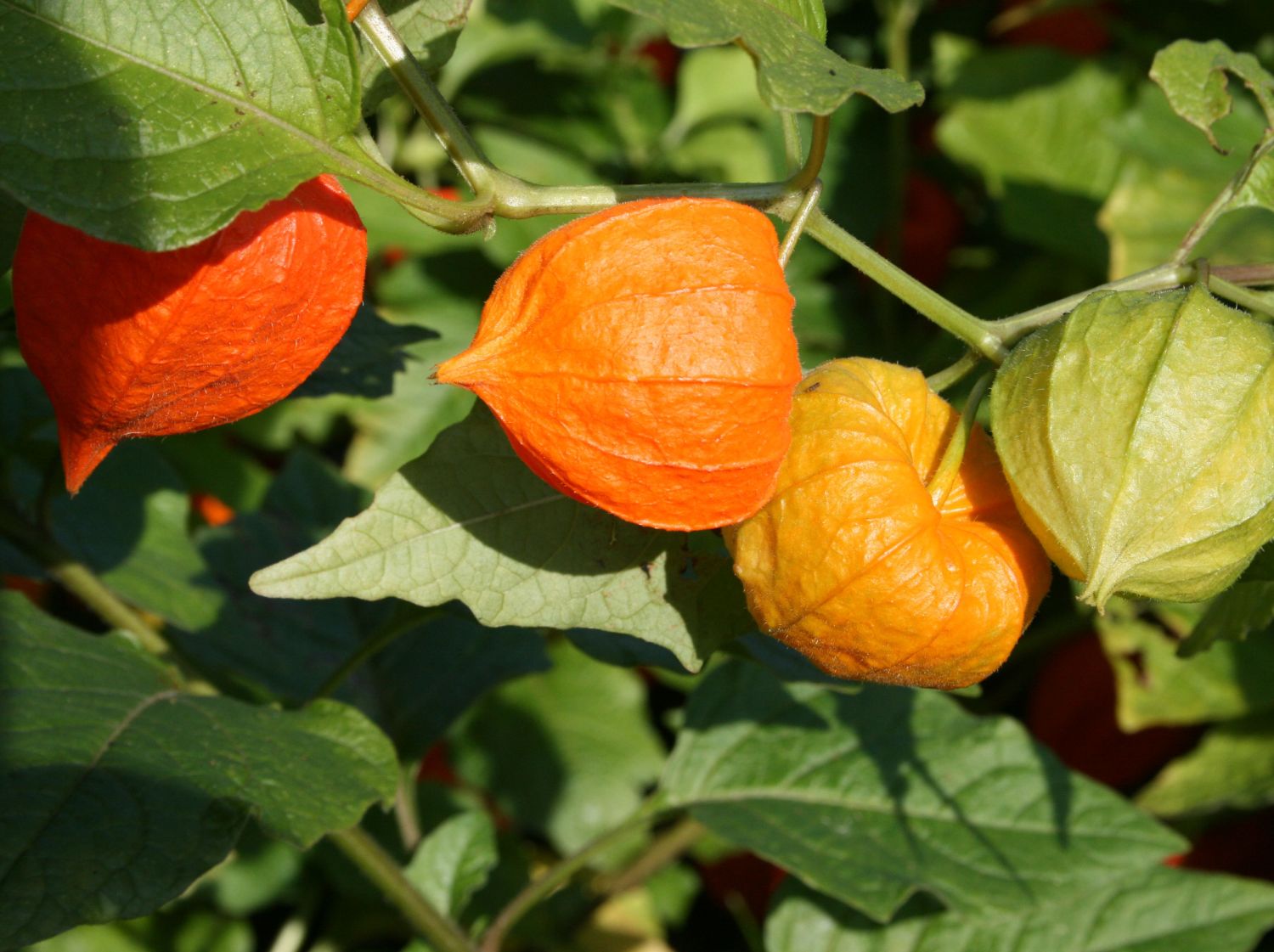
Lampionblume Physalis alkekengi var. franchetii Baumschule Horstmann
Makino (Physalis Calyx seu Fructus), have been widely used in traditional and indigenous Chinese medicines for the therapy of cough, excessive phlegm, pharyngitis, sore throat, dysuria, pemphigus, eczema, and jaundice with a long history. Aim of the review
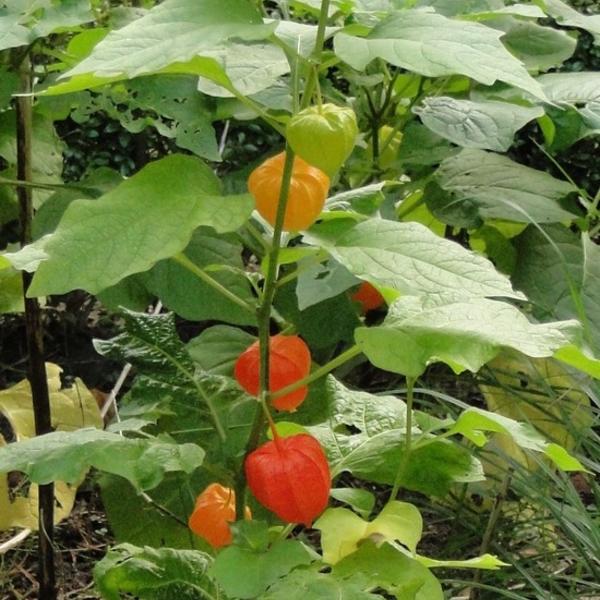
Physalis alkekengi var. franchetii Stauden Pflanzen kaufen online
Chinese Lantern, Winter Cherry 'Gigantea' (Physalis alkekengi var. franchetii) Care Guide. Perennials can be planted anytime from spring through fall. Prepare the garden by breaking up the existing soil (use a hoe, spade, or power tiller) to a depth of 12-16" (30-40cm). Add organic matter such as manure, peat moss or garden compost until.
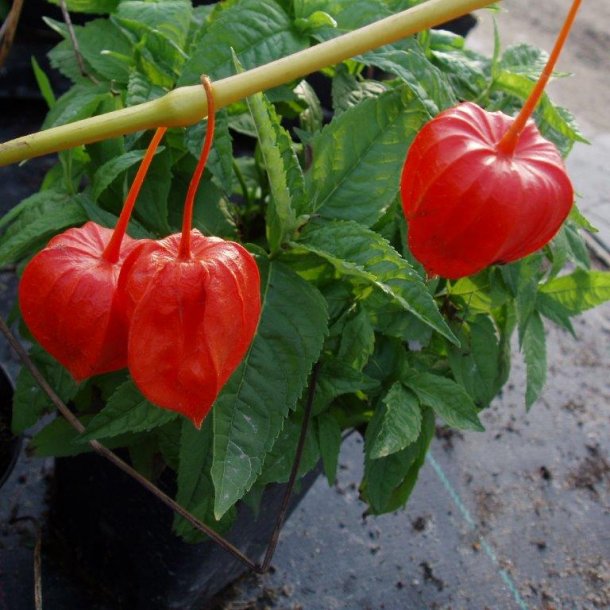
Physalis alkekengi var franchetii Stauder Home and Garden AmbA
The fruit calyxes of Physalis alkekengi L. var. franchetii (Mast.) Makino (Solanaceae) have been used as a traditional medicine in South East Asia for treating urinary problems, asthma, cough, and inflammation [].There have been phytochemical reports on various types of compounds from P. alkekengi var. franchetii, including physalins [2-5], flavonoids [], megastigmane glycosids [], and.

Physalis var franchetii 'Gigantea' The Beth Chatto Gardens
P. alkekengi var. franchetii is a vigorous, spreading herbaceous perennial to 60 cm high, with ovate green leaves and small white flowers in summer followed in autumn by large, bright orange lantern-shaped calyces, enclosing red fruits, which persist through winter Synonyms Physalis franchetii Join the RHS today and save 25% Join now < > © RHS

Physalis alkekengi var. franchetii, Lampionblume Bauer Baumschulen AG
Mostly grown for its luminous papery lanterns, Physalis alkekengi var. franchetii (Chinese Lantern) is a vigorous, spreading herbaceous perennial with ovate green leaves and small, starry, creamy-white flowers in summer.

Physalis var franchetii 'Gigantea' The Beth Chatto Gardens
Published by Elsevier GmbH. Phytochemicals In this review, we present a comprehensive overview on PAF, and put forward new insights on studies regarding quality control, material basis, and mechanisms in classical prescription, providing theoretical guidance for the clinical application and development of Chinese medicine.